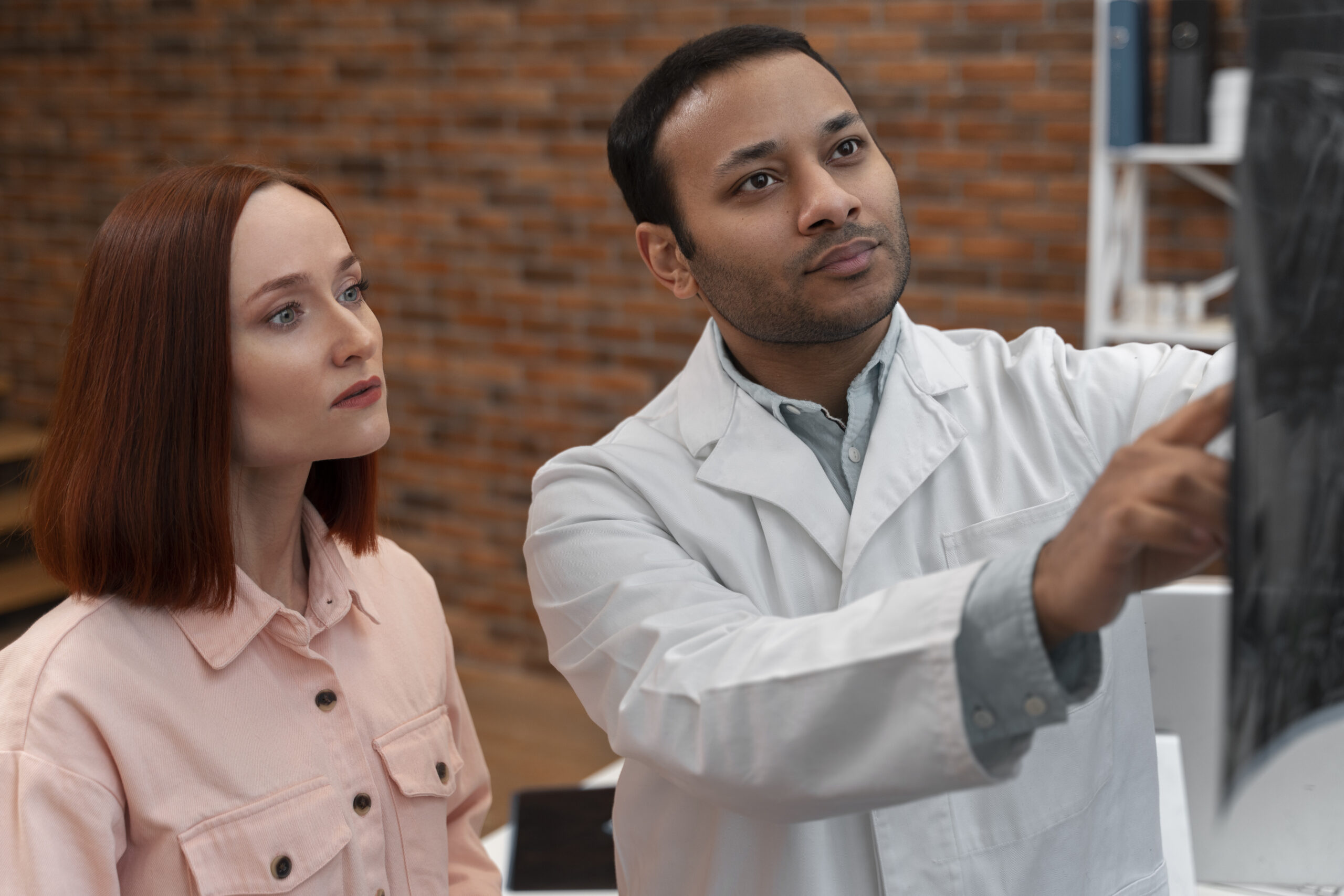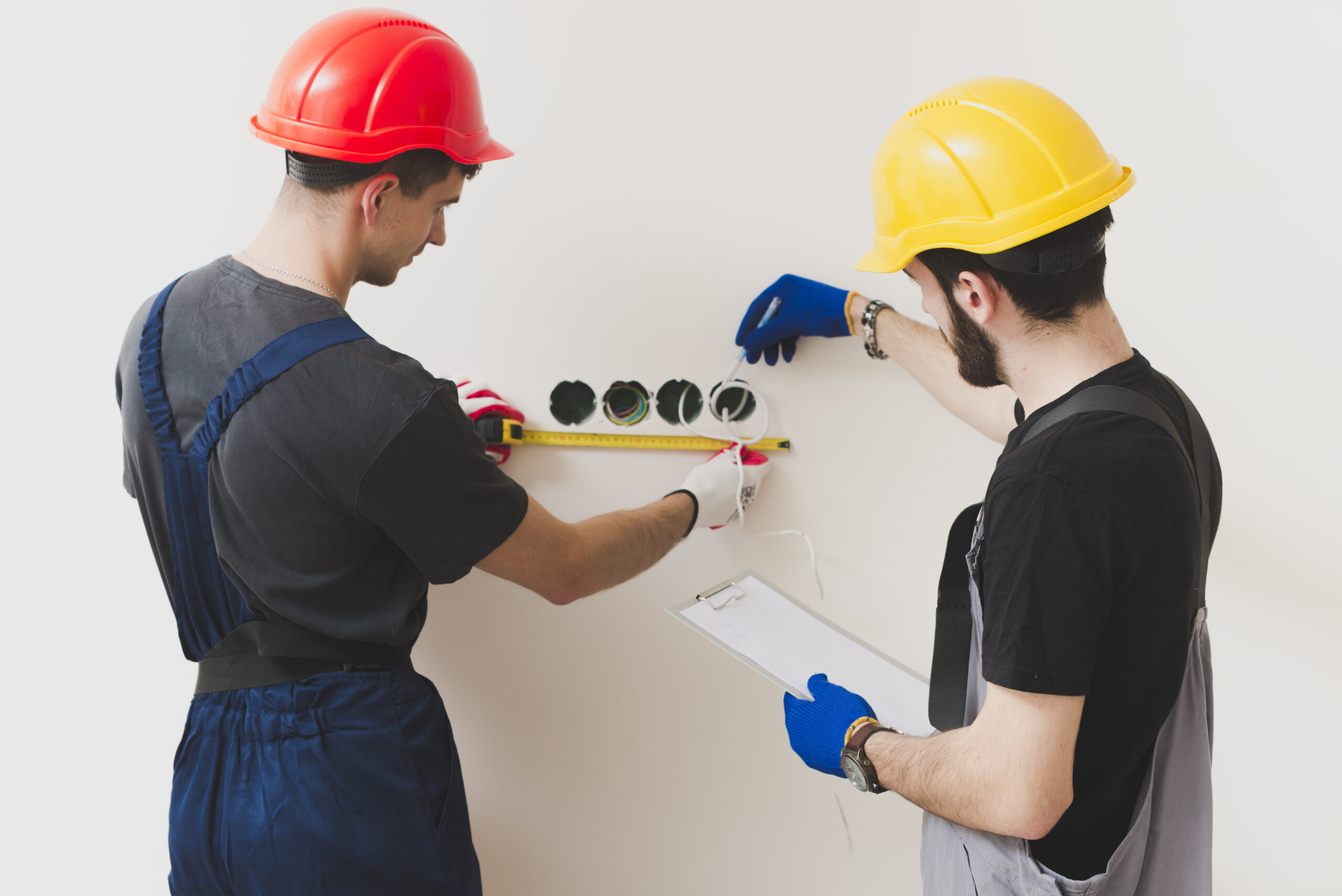In a city like New York today with its hustle and bustle and a population as big as its name, the safety of living places is always a crucial matter. Another major concern, mainly in urban areas, is exposure to lead in older housing including those that were built before the ban of lead based paint in 1978. In order to solve this problem appropriately, XRF lead testing in NYC has come out as a valuable and nondestructive technique for examining lead in various objects. This post will outline the NYC lead testing procedures using XRF, when it is necessary, the technology it employs, and the significance of this procedure in maintaining environmental safety for all occupants.
Understanding XRF Lead Testing
XRF which is short for X-ray Fluorescence is a rather sophisticated tool that enables one to identify elements that exist in a given material. Especially in lead testing, the XRF analyzers are applied for identification of paints, dust, soil, or any other related items that contain lead and to quantify lead as well. This method is highly appreciated due to the opportunity to make an initial quick assessment during works and it does not harm the surfaces under investigation.
XRF lead testing technology is one of the techniques used to determine the lead content of a certain material by analyzing the energy spectrum of the chemical elements which emits X-ray fluorescence.
XRF lead testing procedures employ the concept of X-ray fluorescence in its execution. When the material is placed in front of a primary X-ray beam, the electrons of atoms in the material acquire energy and get promoted to higher energy levels. The electron returns to normal or ground state and in the process produces secondary or fluorescent X-rays. These emitted X-rays depend on the various elements present in the sample and since the XRF analyzer can identify the intensity of these emitted X-rays, it can quantify the amount of lead present in the sample as well.
The Process of XRF Lead Testing in NYC
- Preparation and Planning
Before conducting XRF lead testing, thorough preparation is essential. This involves:
- Assessment of the Site: Sometimes it is easy to identify areas and surfaces that requires testing such as through age of the building, record of prior renovation, and the likelihood of using lead based Paints.
- Safety Measures: In the initial stage, it is important to ensure that all safety measures have been put in place to prevent harm to those in the building as well as the testers. This involves having proper use of safety gear including Personal Protective Equipment (PPE), and having proper barriers in a case of need.
- Conducting the Test
The actual process of XRF lead testing involves several steps:
- Calibration of the XRF Analyzer: The device also has to be previously calibrated with standard reference conditions which will facilitate accurate measurement. This is a critical step in the process, as it establishes the foundation from which the findings will be made.
- Surface Preparation: The surface of the item being tested is also rubbed to reduce any interferences that may be in form of dust or smudge on the surface.
- Positioning the Analyzer: They were using a specific equipment called XRF analyzer which is placed directly on the surface to be analyzed. The operator then sets the device on, and it projects X-rays into the material.
- Data Collection: Utilizing the ability to detect secondary X-rays produced by the gathered material, the analyzer is designed to process resulting data to identify presence of lead and its concentration. It usually requires a few seconds to a couple of minutes per test spot depending on the condition of the school building or classrooms.
- Interpreting Results
- Immediate Readouts: One of the significant advantages of XRF lead testing is the immediate availability of results. The device displays the concentration of lead, usually in milligrams per square centimeter (mg/cm²).
- Data Analysis: For a comprehensive assessment, multiple readings are taken across different areas. The data is then analyzed to determine the extent of lead contamination and identify any patterns.
- Reporting and Recommendations
- Detailed Reporting: A detailed report is generated, outlining the findings, including the locations tested, the lead concentrations detected, and any areas of concern.
- Recommendations: Based on the results, recommendations are made for remediation or further action. This may include encapsulation, removal of lead-based paint, or other mitigation measures.
Accuracy of XRF Lead Testing
That is why it is so popular, as xrf lead testing one of the most accurate ways to test for the presence of lead in the paint, particularly when it comes to such important and stringent New York City code.
Factors Influencing Accuracy
Several factors can influence the accuracy of XRF lead testing:
- Calibration: The primary calibration of the XRF analyzer depends on its accurate settings. The readings taken by the device must then be calibrated with a certified reference material to make it precise.
- Surface Conditions: Crucial factors that display a relation to the readings of the equipment are the condition of the surface being tested. Rough or dirty or deteriorated surfaces of objects affect measurand determination hence more precise measurements are obtained from clean smooth surfaces.
- Operator Skill: Another thing that should be noted is the role of the operator’s competence or lack of it: The level of expertise in the process of exploitation of the equipment is another factor that must not be overlooked by any means. Education also aims to guarantee that the device is used appropriately and the results of tests are not misconstrued.
- Device Quality: The accuracy, maintenance as well as the overall quality of the XRF analyzer are also other factors that are involved. This is logically explained by the high quality and proper functioning of the hardware when it is properly maintained.
Validating XRF Results
To ensure the reliability of XRF lead testing, results are often validated through:
Laboratory Analysis: The samples can be collected and analyzed later in a specialized laboratory using more accurate methods such as the atomic
- absorption spectrophotometry or the inductively coupled plasma mass spectrometry.
- Repeat Testing: Re-testing of the same area repeats the observation and helps in confirming that the results obtained are consistent and thus have compound reliability.
Advantages of XRF Lead Testing
Non-Destructive Testing
Another advantage of using XRF for lead testing is that this technique is non-destructive to the sample taken for the analysis. This is important in that other methods of testing could require scraping or even even removing sample for testing; XRF testing never affects the surface of the items. This is particularly so, particularly in old constructions where there could be need to maintain the constructions.
Quick and Efficient
Lead testing through XRF is a non-destructive process that offers quick results and this helps in decision making. This is vital especially in situations where time is a valuable commodity, including when dealing with property management or sales, construction, or attending to critical medical issues.
Comprehensive Coverage
XRF analyzers are versatile and can be used to analyze various samples such as paint, dust, soil, and some consumer goods. This flexibility makes XRF testing a universal tool for lead identification in various settings, including construction.
Regulatory Compliance
In New York City, for instance, which has very stringent laws regarding lead safety, XRF lead testing proves useful for property owners, managers, and contractors since it allows them to make the right actions regarding lead safety. This also enhances the protection of public health and reduces the potential legal and financial consequences of lead contamination.
Challenges and Limitations
While XRF lead testing offers numerous benefits, it is essential to be aware of its limitations. However, as with every method, it is crucial to highlight the felling of the XRF lead testing.
Depth of Detection
XRF analyzers mainly identify lead on the surface or in the near-surface layer of the material under analysis. For instance, if lead may be located beneath several coats of paint or other substances, the device may not be able to recognize them.
Operator Dependence
X-ray fluorescence (XRF) lead testing is also influenced by the proficiency of the evaluator as to the accuracy of the results. New users will have misconceptions or may not properly set the device, causing the system to give imperfect measurements.
Potential Interference
But infact there are some restricting or limiting factors including humidity or other interfering heavy metals when utilized in XRF analyzer. It is therefore important that precautionary measures should be made in order to prevent the making of wrong conclusions or even mistakely interpreting the results.
Conclusion
CleanNYCLead provides necessary XRF lead testing services in NYC, playing a vital role in safeguarding healthy and safe living environments. Our method of non-destructive testing offers quick and accurate outcomes, making it a valuable instrument for detecting lead pollution. Nonetheless, optimal utilization and understanding are crucial for maximizing the advantages of this technology. Collaborate with CleanNYCLead for comprehensive and dependable lead testing services to safeguard the health of your surroundings and neighborhood.






